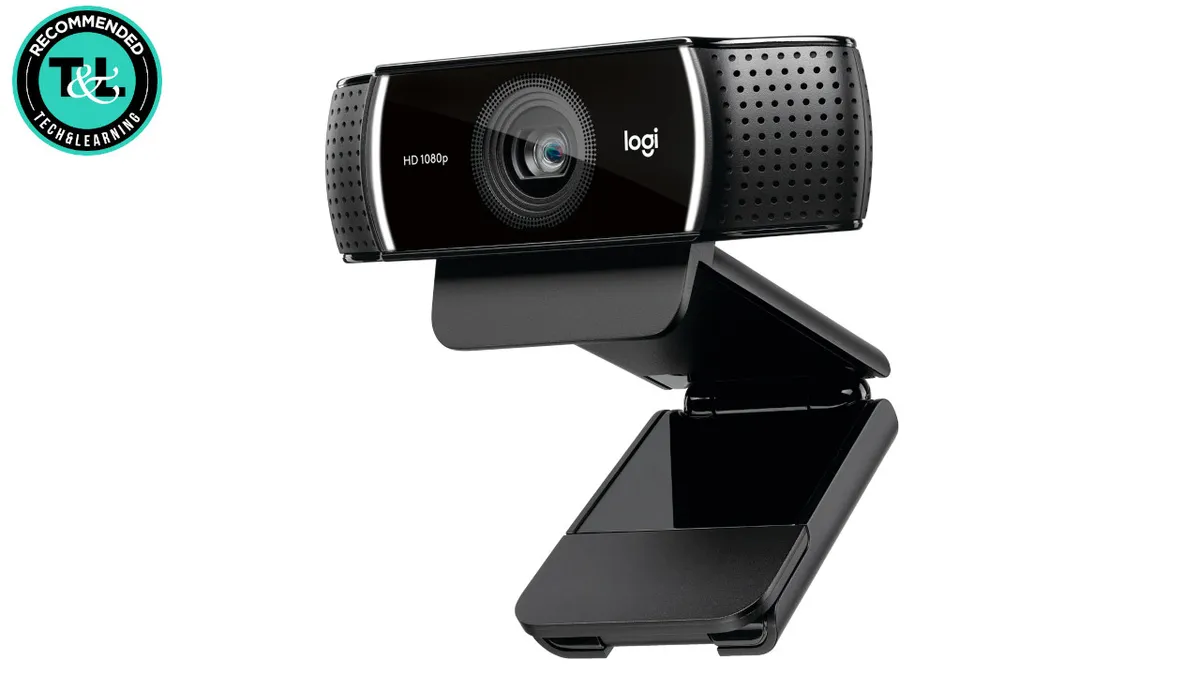14 charts this year that helped us better understand COVID’s impact on students, teachers, & schools — from the 74million.org by Kevin Mahnken
Excerpt:
By the end of last year, a steady trickle of research had already begun to reveal the harm wrought by prolonged school closures and the transition to virtual instruction. But this fall brought the most definitive evidence yet of the scale of learning lost over more than two years of COVID-disrupted schooling: fresh testing data from the National Assessment of Educational Progress, sometimes called the Nation’s Report Card, pointing to severe declines in core subjects.
From DSC:
While not minimizing the impact of the “learning loss” that is often written about, I do wonder if maybe the types of learning going on during the pandemic weren’t captured on a standardized test. Maybe the types of learning that our youth and families learned about help set them up for our present VOCA (Volatility, Uncertainty, Complexity and Ambiguity) world. And for a future where change doesn’t seem to be slowing down anytime soon.
Some of the types of learning that might not show up on the standardized tests include:
- Dealing with life’s challenges and tumultuous changes
- Being flexible
- Adapting
- The importance of having sufficient Internet connections and the corresponding hardware and software to keep on learning remotely
- Where or to whom does one go to for help?
Also, as has been said elsewhere, bashing online learning or virtual instruction is often unfair. The remote learning that teachers and faculty members were thrust into lacked appropriate instructional design. Many teachers and faculty members hadn’t yet been trained on how to put together solid online-based courses and/or to use the tools that are required to offer such courses. Also, many in society didn’t have Internet access (or insufficient access), a quiet place to study and/or participate in online-based learning.
















![The Living [Class] Room -- by Daniel Christian -- July 2012 -- a second device used in conjunction with a Smart/Connected TV](http://danielschristian.com/learning-ecosystems/wp-content/uploads/2012/07/The-Living-Class-Room-Daniel-S-Christian-July-2012.jpg)

